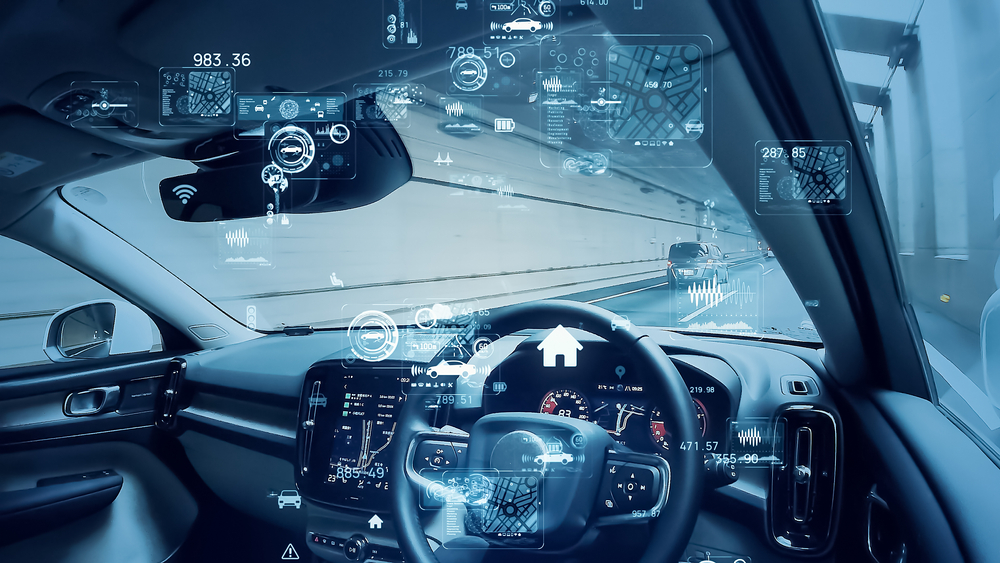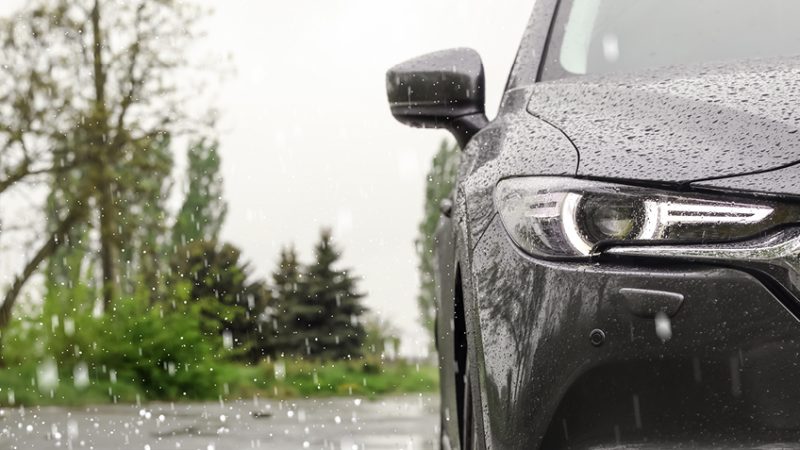With such a vast, open landscape and so many places to explore, it’s no wonder that as Australians, we love to drive. The opportunity and convenience our cars provide is truly second to none – but they don’t come without risk.
Vehicle accidents sadly do happen on Australian roads. While it’s hard to put a number on the number of accidents that take place each year, we do know that in the 12 months to February 2022, there were 1137 fatalities due to road accidents – an increase of 2.3% from the previous 12 months.
However, as new cars are released each year, more and more are being fitted with in-built safety features. Known as Advanced Driver Assistance Systems (ADAS), this technology works to automate and support the driver experience and aid in a safer journey.
In this article, we will outline exactly what ADAS is, as well as the features that aim to provide you with a safer experience while out on the road.
What is ADAS?
Advanced Driver Assistance Systems (ADAS) consist of many crucial road safety features designed to assist and protect the driver by mitigating, or alerting them to, potential hazards on the roads. This gives the driver more time to react and makes for safer driving decisions.
These days, most modern vehicles come with several standard pre-installed safety features as part of ADAS technology. The Australasian New Car Assessment Program (ANCAP), Australasia’s independent vehicle safety authority, then tests this technology in simulated road accident situations.
Upon review, they award an ANCAP Safety Rating to each vehicle to indicate its ability to protect those in and around the car in the event of an accident, based on its safety features – with 5 stars being the maximum rating given.
Why is ADAS important to drivers and vehicle occupants?
Unfortunately, the majority of accidents on Australian roads are caused by human error.
This can be due to distractions on the road or inside the vehicle, lapses in concentration, fatigue, or even a simple lack of experience driving on busy roads.
ADAS vehicle technology works to warn the driver in case any hazards are on the road, or while manoeuvring, allowing time for the driver to take control and correct their vehicle. In some vehicle models, ADAS technology can even take action on behalf of the driver to avoid these hazards such as auto braking or lane assist. If this technology can see things before you do, and those things that you don’t, then it can help to predict and reduce the likelihood of an accident.
Not only does this help protect the driver and the occupants of the vehicle, but also any other drivers, cyclists, or pedestrians on the road as well.
ADAS technology is designed to help save lives on our roads by aiming to reduce driver error and helping them navigate and react to a potential hazard.
The key features of ADAS technology
There are more than 200 vehicle models with an ANCAP safety rating in Australia. Here, we list some of the ADAS features that help to increase a vehicle’s safety rating and improve driver performance. As every vehicle is different, we recommend you check with your manufacturer or refer to your vehicle manual to identify what safety features your car has.
1. Reversing Camera
In vehicles with a reversing camera, the camera automatically activates when the car is put into reverse, providing the driver with a clear view of what’s behind them. Newer model reversing cameras now also provide guidelines that indicate where the vehicle will end up at its current angle, and proximity alerts will sound as the vehicle gets closer to an object behind it, and some can even alert you to approaching vehicles and pedestrians.
2. Collision Avoidance
Collision avoidance sensors operate while the car is moving in either a forward or reverse direction, depending on the vehicle. When an object is detected in front of the vehicle, the sensors work to apply the brakes accordingly. If the object is simply another vehicle moving in the same direction, the system works to maintain a safe driving distance behind it, regulating to the same speed as the vehicle. However, if the object ahead is stationary, the system will pull the car up as quickly and safely as possible to avoid a collision.
3. Lane Departure Warning System
This safety feature uses forward-facing cameras to monitor lane markings around your vehicle and alert the driver when the vehicle unintentionally approaches or crosses these markings. Some Lane Departure Systems even take over control to move the vehicle safely back into the lane.
4. Blind Spot Monitoring
Blind spot detection systems use sensors to provide drivers with an indication of whether there are other vehicles sitting in their blind spot. The system will then sound an alarm or light up to warn the driver not to move into the lane at that point in time.
Of course, whilst these safety features are important, it’s still everyone’s responsibility to look before manuovering, to drive safely and responsibly, and to always follow the road rules.

Why recalibrate your vehicle’s ADAS system
Did you know that if the camera is a few millimetres out, it may not function as the manufacturer intended, which could increase the risk of collision? So, it’s important to always ensure that your vehicle’s ADAS system is working correctly.
The moments when you need to recalibrate your ADAS cameras or radar sensors are usually when your car is involved in an accident, or you when you have to replace your cracked windscreen.
Simply ask your smash repairer, insurance company or a vehicle glass provider who is authorised to perform and ADAS recalibration.
Your vehicle’s ADAS must be maintained regularly to ensure optimal performance as the original manufacturer intended.
ADAS Cal-Tech® recalibration with O'Brien® AutoGlass
At O'Brien AutoGlass, we understand the importance of safety for everyone on our roads. That’s why, when we replace your cracked windscreen, we also offer ADAS recalibration services at the same time. Not only does this save you time but it also means you can drive away with confidence, knowing you can still trust those safety features such as auto braking and lane detection.
Our highly trained O'Brien technicians use state-of-the-art technology to perform the recalibration. Upon completion they will also provide you with a recalibration certificate for your peace of mind.
Check out our quick video explainer on what ADAS is & how it works
For more information, call us on 1800 059 829 or send us a message to speak with our friendly experts.




